 Georgia State University sociology professor and Social Shutter editor Deirdre Oakley sees the world differently than most of us do. While we barely notice dusty viaducts, abandoned buildings and nondescript neighborhoods we pass on our daily commutes, she seeks out the visual stories.
Georgia State University sociology professor and Social Shutter editor Deirdre Oakley sees the world differently than most of us do. While we barely notice dusty viaducts, abandoned buildings and nondescript neighborhoods we pass on our daily commutes, she seeks out the visual stories.
Social Shutter serves not only to capture these communities in photographs and prose, but asks questions about how these places— blight-filled or beautiful—impact cities as a whole. The images conjure feelings of sorrow (Lower 9th Ward homes still abandoned in the wake of Hurricane Katrina) and curiosity (ladies for sale in the windows of Amsterdam’s Red Light District) while accompanying essays or captions posit what these images say about the societies we live in. The contributing photographers and essayists post weekly and collect snapshots from around the globe.
Oakley says the photography is an integral to get her students to truly see what they are studying. Social Shutter attempts to capture what famous sociologist C. Wright Mills called the “sociological imagination” in all the nooks and crannies of every day community life.
CommonCreativ chatted with Professor Oakley to talk about urban decay, her dream city to photograph and how photographs can tell a city’s story.
CC: Which came first, your love of photography or your love of sociology?
DO: Photography. I purchased my first 35mm camera my junior year of college. I was actually a history major and didn’t really know what sociology was until I moved to New York City and experienced everyday sociology myself, both good and bad.
CC: As a professor, how does photography assist in teaching and research?
DO: Photography helps to visualize the social world. One of the reasons I have my students do a photo essay assignment is to help them see and experience what they are studying. Georgia State has the Digital Aquarium, where students can rent camera equipment and get trained for free, which is great resource. In terms of research, we are currently conducting a study of relocated public housing residents, and one of the components is a built environment audit of the destination blocks, which involves taking pictures. We now have more than 1,000 images, and the images help in categorizing the elements of the built environment. We hope to develop a photo exhibit.
CC: How did the idea of combining photography with social commentary on community and urban life come about?
DO: We just wanted to create an accessible and supportive venue for people who like doing this type of work. The idea came about when managing editor Angie Luvara and I started talking about the limited numbers of venues out there and how difficult it is to get this type of work published. So we decided to create our own blog.
CC: Every city has its own energy, heart, and traditions and the Social Shutter blog has entries capturing images from around the world. Do you and your staff have any cities or people you find most memorable?
DO: I don’t think any one city stands out. And it’s amazing how many interesting posts can come from just one city. For example, we do a lot on Atlanta. Atlanta has so many fascinating facets.
CC: How are submissions chosen for the blog?
DO: Basically we look at how well the text and photographs tell the story. So far, we haven’t rejected any of the submissions. Some need more editing than others, and we are selective about what photographs we include, but we haven’t received any submissions that are not publishable. And we really encourage submissions.
CC: Are there and plans to exhibit the photographs in other venues besides the web?
DO: We are certainly thinking about it.
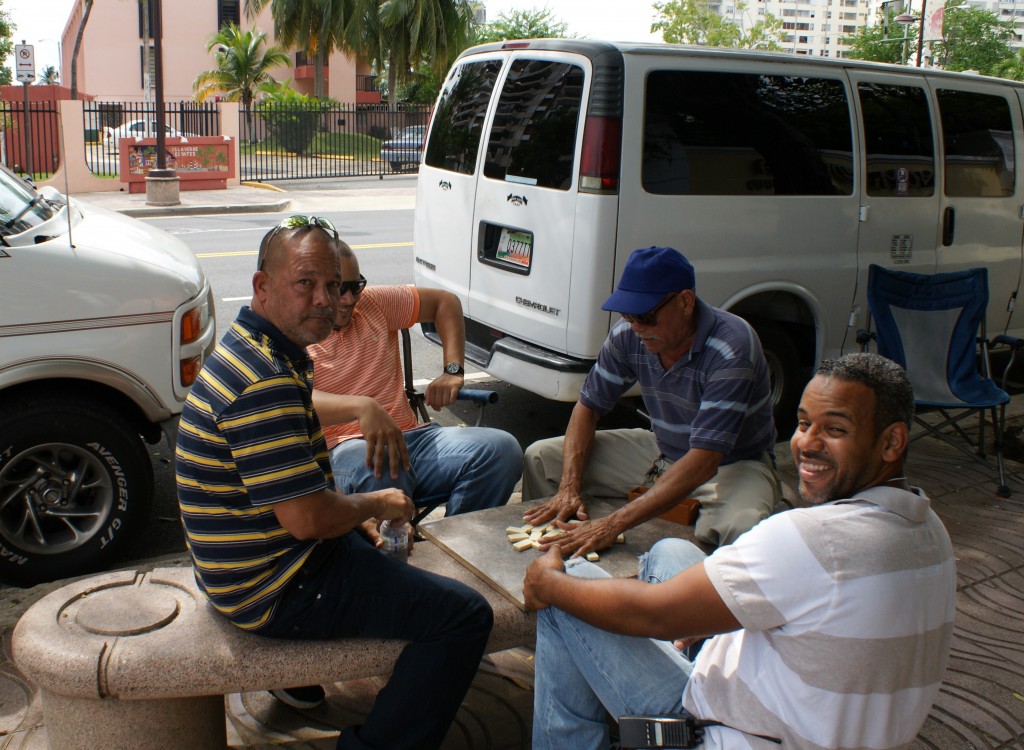 CC: How do you think sharing these images and stories of plight and urban decay effects the communities working to revive those areas?
CC: How do you think sharing these images and stories of plight and urban decay effects the communities working to revive those areas?
DO: I think making the audience more aware that there is urban decay and disinvestment all around us sends a powerful message and hopefully garners support for reinvestment. In terms of impact on the communities themselves and those who are working to revive them, it’s about creating greater awareness.
CC: How do you think future generations will see and interpret the documentation of these communities?
DO: That’s an interesting question. With the proliferation of visual technology, what future generations will see from the past is very different from what we see from the past now. I think future generations will have a much better idea what things were like in real past time.
CC: What would be your dream city to document?
DO: There are so many cities out there worth exploring. I’d say it would be nice to do something on various African cities like Capetown, and some of the cities in Nigeria.
To see photography and essays or to contribute your own images and words, visit SocialShutter.blogspot.com.

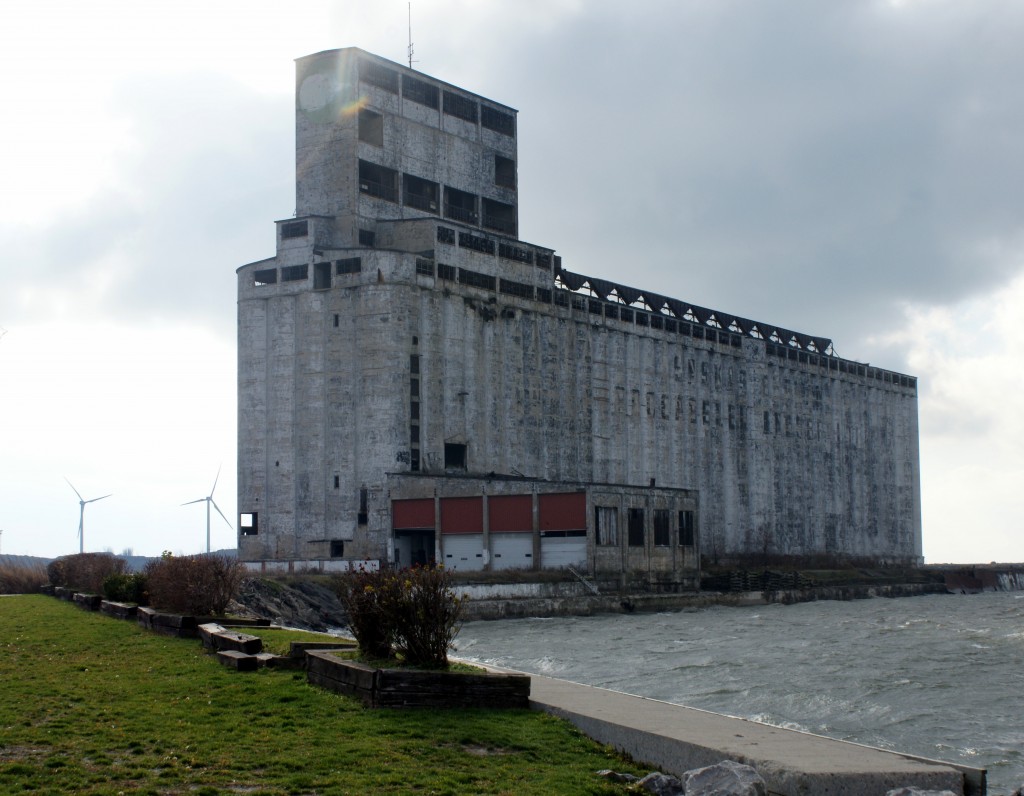
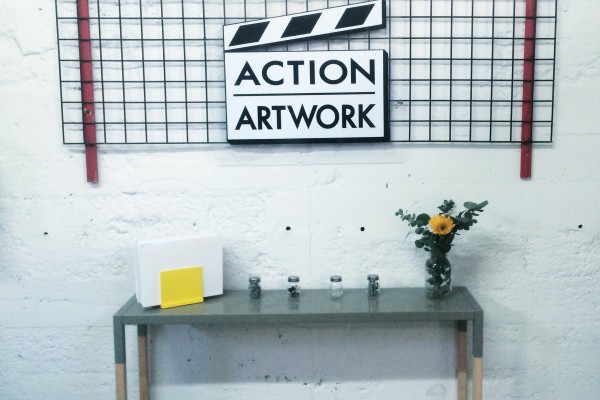
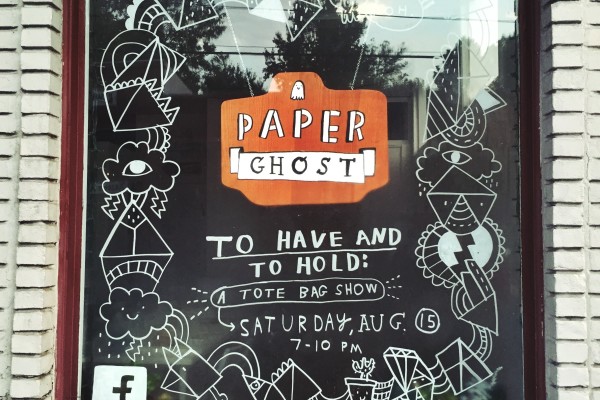

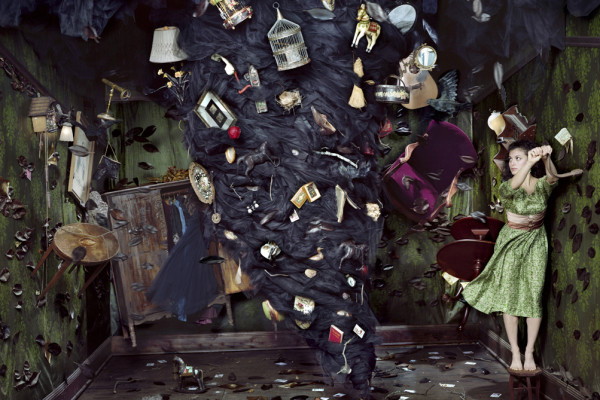
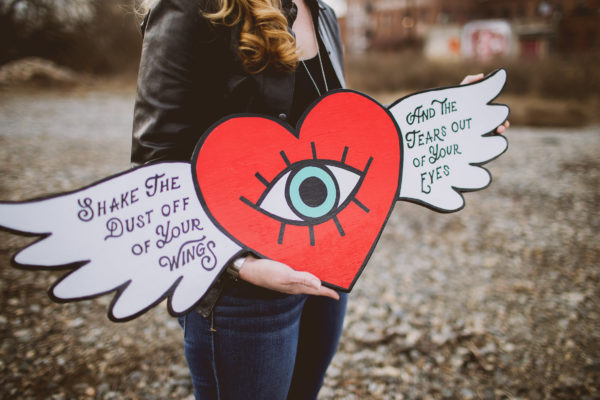
wigs
hi That’s a good post.
Accolades for GSU Sociology Professor Deirdre Oakley’s “Social Shutter” Blog | University Library Blog
[…] – with 113 photo essays and 30,500+ visits – Social Shutter was recently featured in a CommonCreativATL article, and Professor Oakley has been invited to speak at the upcoming State Education Editors (SEE) […]
Kawasaki Jones
Social Shutter is an invaluable resource for artists and communities near and far. It is a place where photographers and writers can submit their work and find respect and thoughtful exposure and where anyone can visit and take a look at the world outside their immediate surroundings – or take a look with new eyes at their very own block.
Deirdre Oakley, thank you!